New Year Celebrations in Different Regions of India
- Aayushi Wadale

- Mar 20, 2021
- 5 min read
Updated: Feb 5, 2025
While every country in the world celebrates New Year’s Day on 1st January, India celebrates it numerous times throughout the year depending on the calendar followed (lunar or solar), religious beliefs practiced, and the region in consideration. So, let's take a look at some of the most popular New Year celebrations in India.
1.Baisakhi/ Vaisakhi

Baisakhi is a harvest festival and the Sikh New Year's Day that is predominantly celebrated in Punjab. This festival, like many other Punjabi celebrations, is colourful and boisterous and includes a lot of food, dance, and music.
The word Baisakhi is derived from the word 'Vaisakh,' which is the second month of the Hindu calendar. This is the time when the farmers in the northern part of India have harvested the crops and are preparing for the next sowing. Every year, people celebrate Baisakhi on the 13th of April, but every 36 years, it falls on the 14th of April.
On this day, Gurudwaras are decorated for the arrival of hundreds of devotees. Sikhs take a holy dip in the nearby ponds or lakes and wear traditional festive attire. The Nagar Kirtan procession is carried out in various parts of the state. Many Gurudwaras also host a food charity known as Langar Seva.
The festival also commemorates Guru Gobind Singh's founding of the Khalsa Panth in 1699 and the unfortunate incident at Jallianwala Bagh in Amritsar, Punjab, when a British officer, General Dyer, opened fire on thousands of unarmed Indians in 1919.
2. Bohag Bihu

Bohag Bihu or Rongali Bihu is the most popular festival of Assam celebrated to welcome the spring season. The Assamese New Year generally starts on 15th April. The first month is known as ‘Bohag’ also the reason why it’s called Bohag Bihu. The original name is Rongali Bihu, derived from the word ‘Rong’ which means happiness and celebrations.
The festival lasts three days. The first day is dedicated to the cattle as cows and bulls are the means of livelihood. The cattle are bathed and decorated with flowers, and their old ropes are cut down. They are allowed to freely graze on any farm for an entire day and then tied by new ropes known as 'Pogha' in the evening.
The second day is called 'Manuh Bihu.' Dishes made of flattened rice, jaggery, and curd are eaten. Prayers are offered, and ‘Bihu Husori’ (carols sung by elders) is formally inaugurated in Namghar (prayer hall). The third day is called 'Gosain Bihu' and is dedicated to the deities.
3. Gudi Padwa
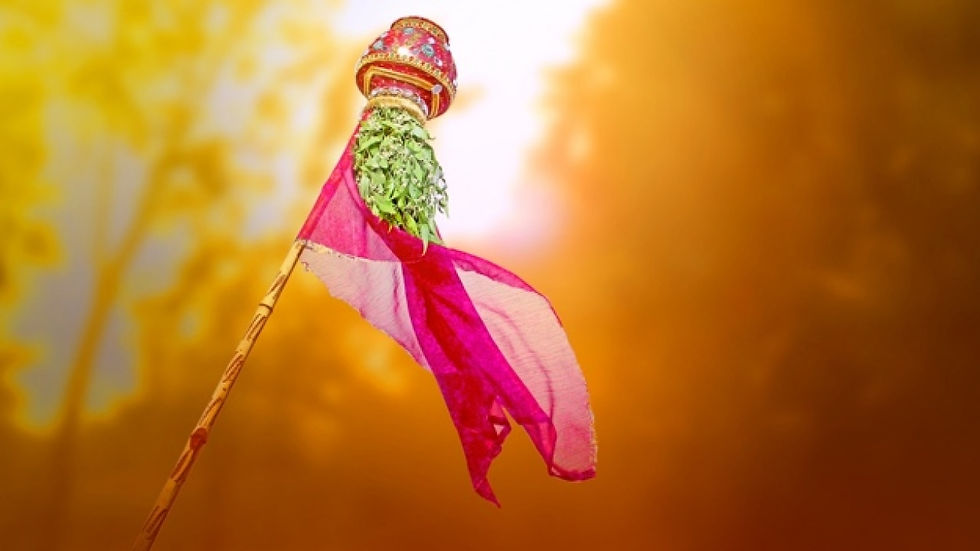
Gudi Padwa is a festival celebrated in Maharashtra on the first day of the month Chaitra. The festival marks the traditional New Year for Marathi and Konkani Hindus.
On this day, a Gudi is hoisted in the house. It is a special type of flag in which a new saree is pleated on a bamboo stick and ornamented with a flower garland, sugar garland, mango and neem leaves, and an overturned copper pot. The Gudi is then worshipped, as according to Hindu beliefs, it brings good fortune.
4. Ugadi
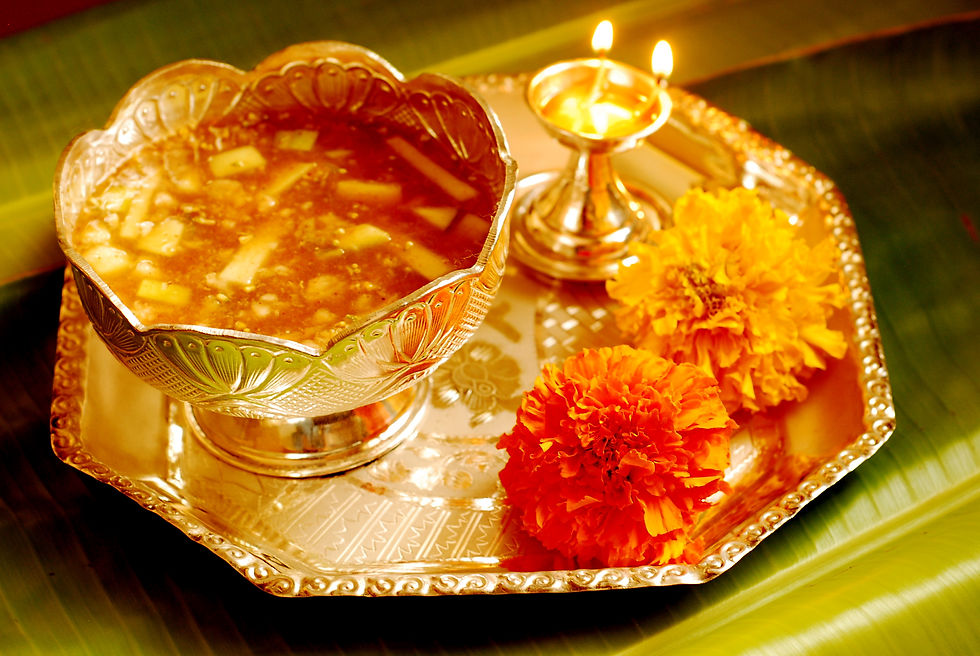
Ugadi, also known as 'Chandramana Ugadi,' refers to the beginning of the New Year according to the Hindu lunar calendar that usually falls in April or March and is a popular festival in Karnataka. The word Ugadi is derived from two different words- ‘Yuga’ meaning age and ‘Adi’ meaning beginning in both Sanskrit and Kannada. Among the few legends related to Ugadi, one of the prominent ones is that on this day, Lord Brahma began creating the world.
On Ugadi, people clean their homes and decorate temples with jasmine flowers and mango leaves. They wake up at the crack of dawn, massage themselves with sesame oil, and bathe. The idols of gods and goddesses are also bathed in oil. Offerings of flowers, mango, and tamarind are made, and people wear new traditional clothes.
People prepare a special food item called 'Bevu Bella.' The recipe is a mix of neem flowers, jaggery, green chilies, salt, tamarind juice, and unripened mangoes that symbolizes the mixture of happy, sad, infuriating, fearful, disgusting, and surprising events in life. Meals are first offered to gods and then eaten. The rest of the day is spent visiting temples, offering prayers, meeting family members, etc.
5. Jamshedi Navroz

The Iranian calendar begins with the Parsi New Year, commonly known as Jamshedi Navroz or Navroz. The name Navroz is formed from two words: 'Nava,' which means new, and 'Roza,' which means day.
Jamshedi Navroz is a state holiday in Maharashtra and Gujarat. The celebrations of this day, or Parsi New Year, are comparable to the Nowruz spring holiday, in which people exchange gifts, donations, new clothes, clean houses, and enjoy a lot of fun and frolic.
6. Vishu

Vishu is a spring festival that is very popular in Kerala. It takes place on the first day of the Malayalam month Medam, which marks the traditional Spring Equinox when day and night are equal.
In Sanskrit 'Vishu' means equal. For Vishu, a display made with flowers, vegetables, fruits, traditional lamps, metal lamps, coins, rice, holy text, and other items placed inside a metal vessel (Uruli) is called 'Vishukanni.' The Vishukkani is generally placed in front of idols of Lord Krishna or Lord Vishnu.
On this day, the mother of the house gets up early and wakes the household members one by one, leading them to the Vishukkani with her hand on their eyes so that the Vishukanni is the first thing they see. The first sight of Vishukkani, it is believed, will bring prosperity and good fortune in the coming year. In Tamil Nadu, a festival called 'Puthandu' is celebrated similarly.
8. Pohela Boishakh

Pohela Boishakh marks the first day of the initial month of Vaisakh of the Bengali solar calendar. Bengalis all over the world celebrate New Year on this day which is generally celebrated in April. To celebrate this festival the Bengalis greet each other by saying ‘Shubho Nobobarsho’ which means wishing a prosperous New Year.
9. Bestu Varas
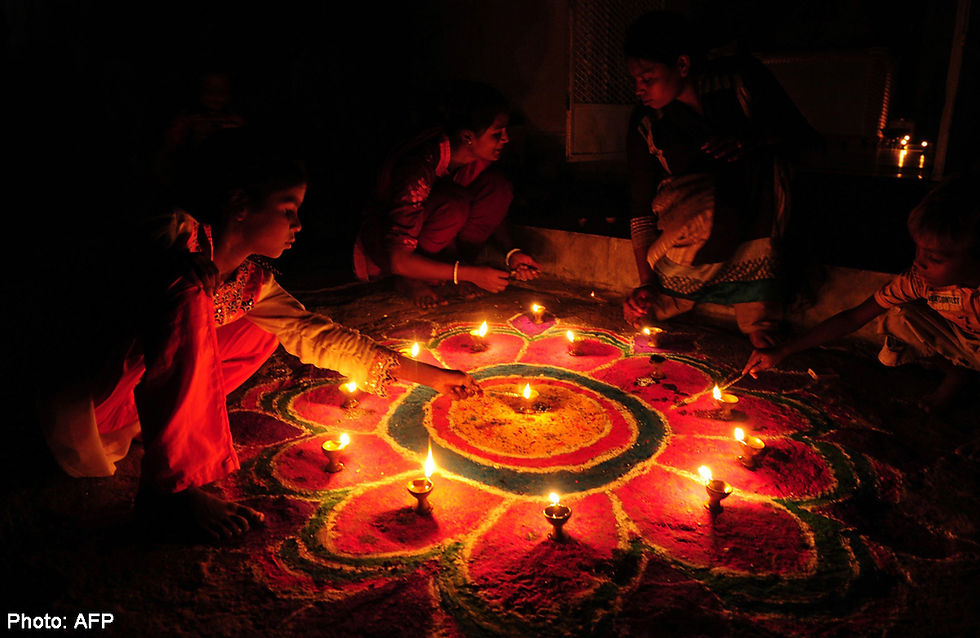
The Gujarati New Year begins on the Pratipada Tithi of Kartika, Shukla Paksha. It is known as Bestu Varas or Varsha Pratipada.
A legend associated with the Bestu Varas is when Lord Krishna encouraged people to stop worshipping Lord Indra (The king of gods and the rain god) and instead worship Govardhan Parvata (Govardhan Mountain). This event enraged Lord Indra and he ‘punished’ the villagers with heavy rains and thunderstorms that caused a lot of destruction of lives and properties. At last Lord Krishna lifted the huge Govardhan Parvata on his little finger, which provided shelter to all the villagers and livestock. Lord Indra continued his assault for seven days and seven nights. On the eighth day, he finally bowed down to Lord Krishna. This day is celebrated as Bestu Varas by Gujaratis.
People buy new account books and paint the Swastika symbol on the book. They also write 'Shubh Labh' (auspicious profit/wealth) in the book and worship Goddesses Lakshmi and Saraswati, the goddesses of wealth and learning.
10. Losoong
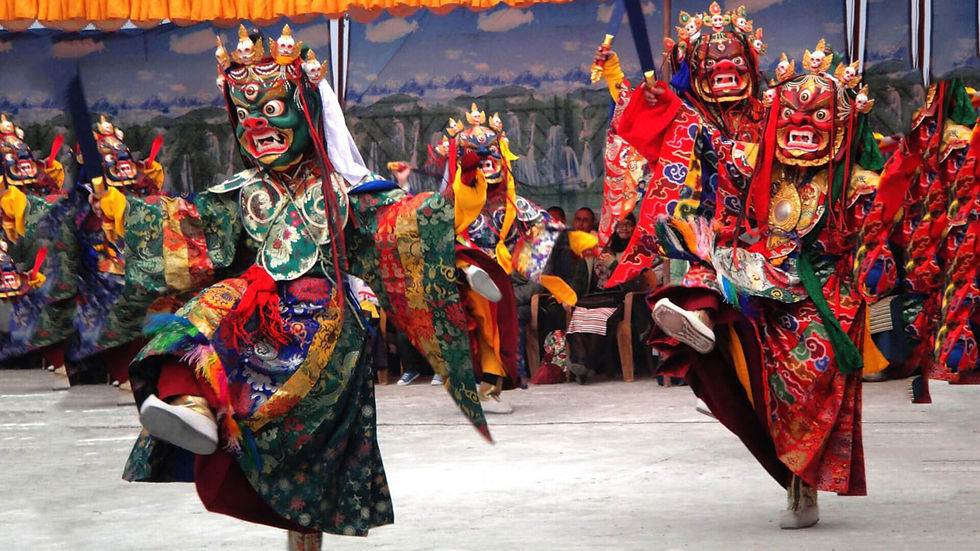
Losoong, also called Namsoong, is one of the most popular festivals in Sikkim. The festival commemorates the conclusion of harvests and provides an opportunity for farmers to relax and celebrate their efforts. Although most celebrations are private, there are still occasional local sports events and festivals in the villages.
The date of the Losoong festival is based on the Tibetan Lunar Calendar. Typically, it falls on the 18th day of the 10th lunar month, which is usually December. The festivities last for about 4 days with cultural events.
11. Navreh
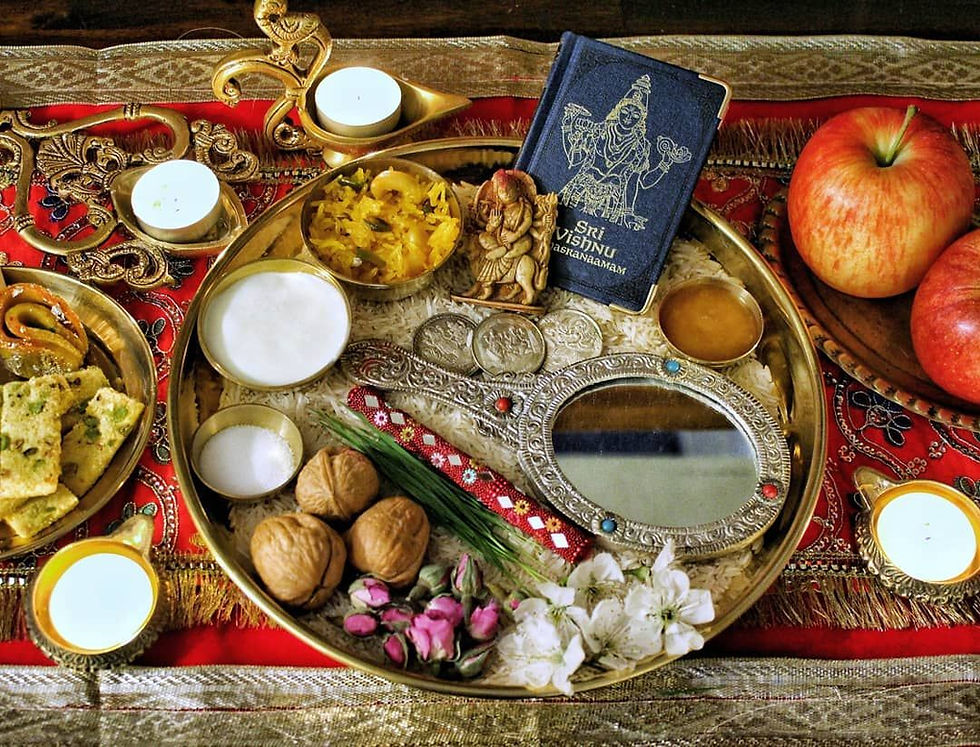
Kashmiri Pandits celebrate their New Year on Chaitra Shukla Pratipada. The word ‘Navreh’ is derived from the Sanskrit word ‘Nava Varsha’ meaning New Year.
On the eve of Navreh, a thali (plate) filled with rice, a few walnuts, a bowl of curd, cooked rice, a pot of ink and a pen, and a silver coin and the Panchang of the new year is the first thing to be seen on the Brahma muhurta or the wee hours. Navreh is the first day of Chaitra and thus marks the beginning of spring.

Author
Aayushi Wadale
Pratha Content Writing Intern








Comments